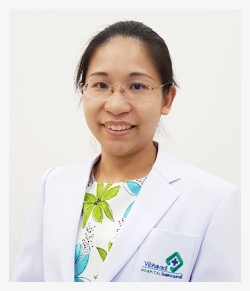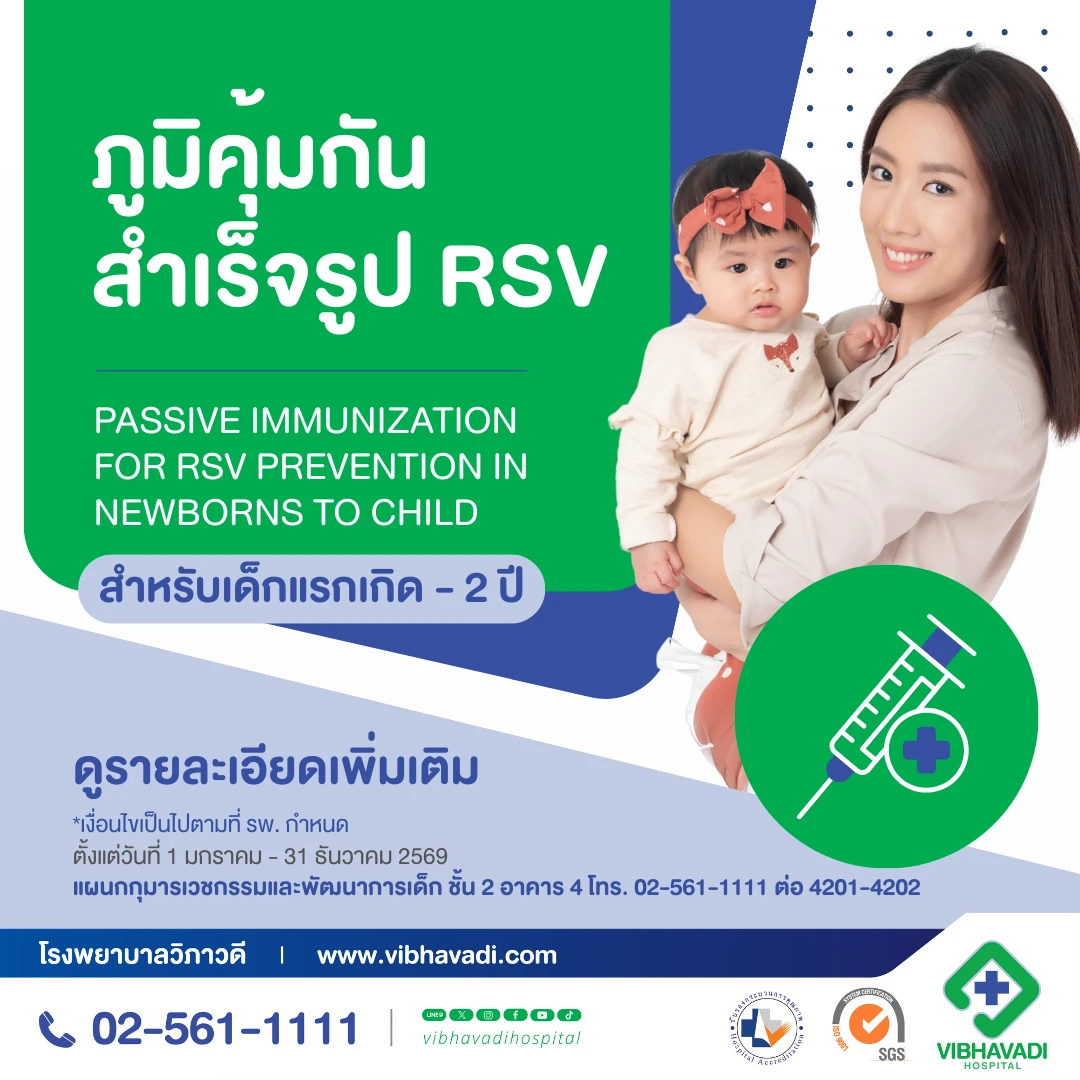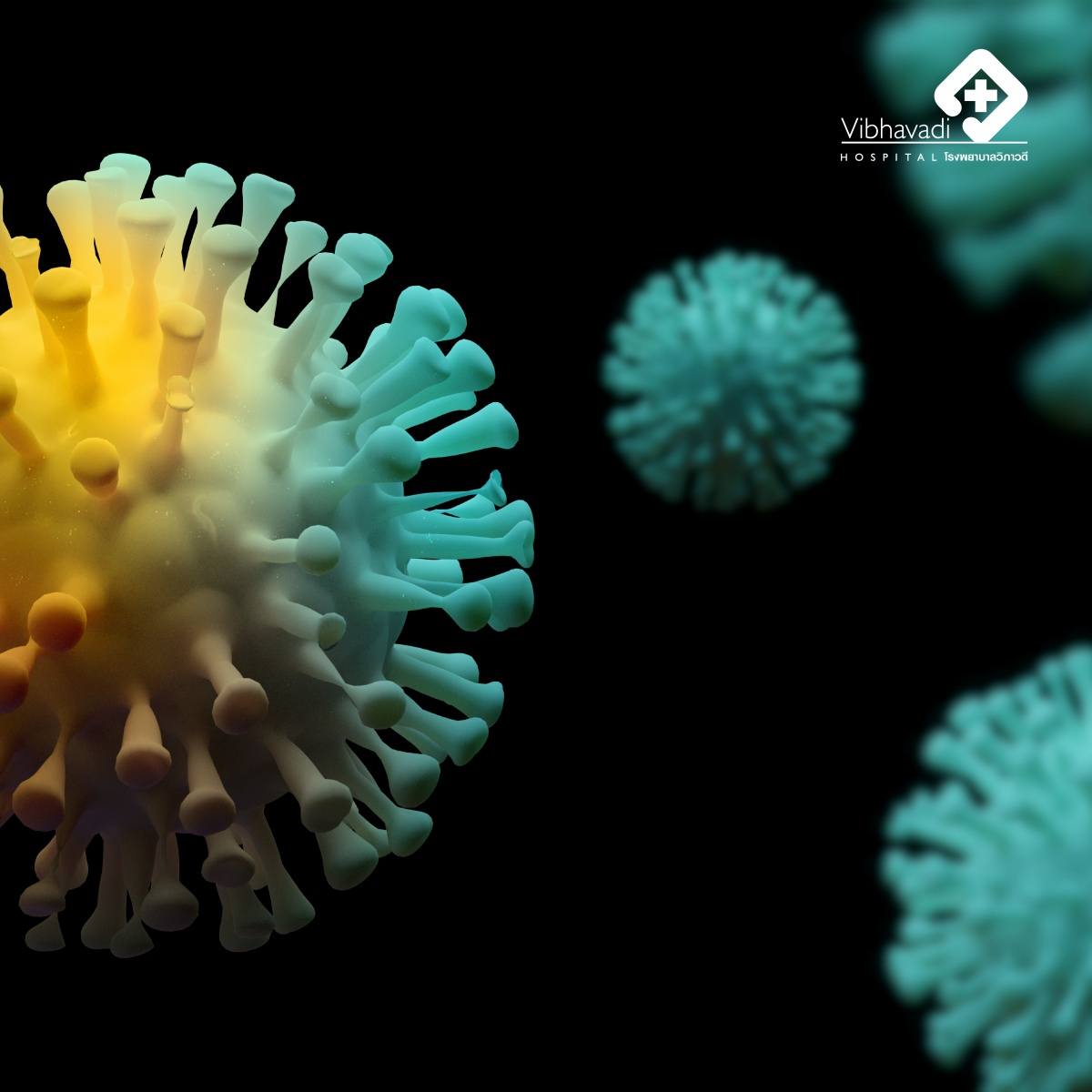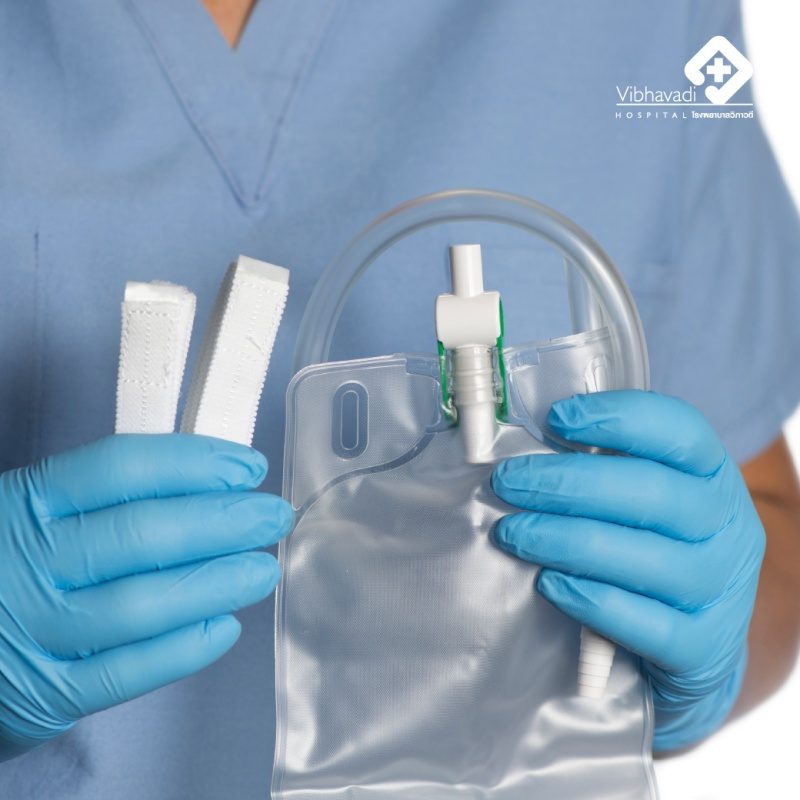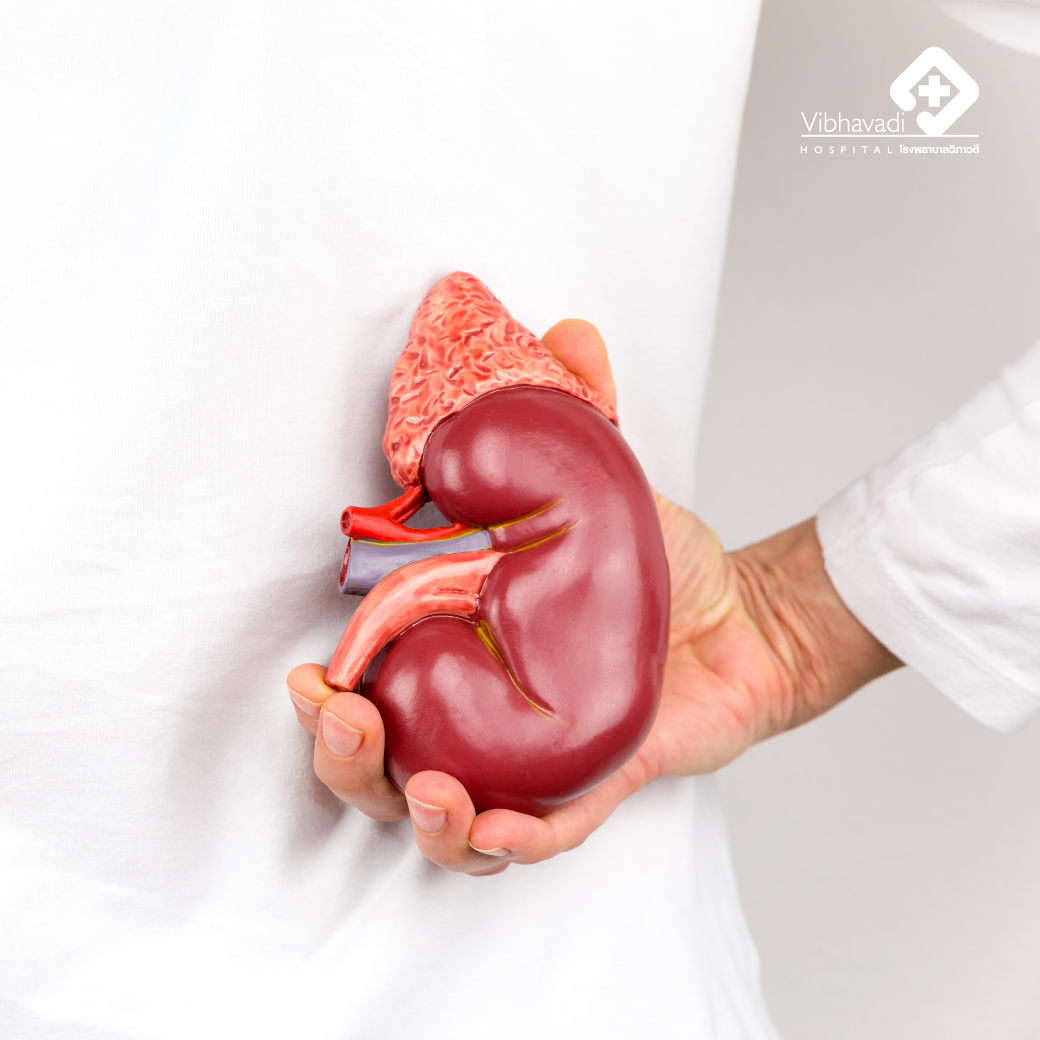RSV Infection
Learn how Nirsevimab helps prevent serious lung infections and hospitalizations in babies under 2 years old.
Respiratory Syncytial Virus (RSV) is one of the leading causes of lower respiratory tract infections in infants and young children. In severe cases, it can lead to bronchiolitis or pneumonia, often requiring hospitalization—especially in babies under 2 years old.
Nirsevimab is a long-acting monoclonal antibody and a new form of passive immunity developed specifically to protect infants from RSV. Unlike vaccines, which stimulate the immune system to build its own defenses, passive immunity provides ready-made antibodies that offer immediate protection.
What Is Nirsevimab?
Nirsevimab is a laboratory-made antibody that targets the RSV virus, preventing it from entering and infecting the lungs. It’s given as a single injection, typically before or during RSV season, and provides protection for at least 5 months.
Who Should Get It?
Nirsevimab is recommended for:
All newborns and infants entering their first RSV season
High-risk children under 2 years old, especially those with premature birth, chronic lung conditions, or congenital heart disease
Key Benefits of Nirsevimab
Reduces risk of severe RSV infection
Lowers rates of RSV-related hospitalization
Minimizes need for oxygen support or intensive care
Provides protection with a single injection
Why It Matters
RSV infections are highly contagious and can spread rapidly in homes, daycares, and hospitals. While most infections are mild, infants are particularly vulnerable to severe complications. With Nirsevimab, parents and healthcare providers now have a powerful new tool to shield babies from this seasonal threat.
Nirsevimab represents a breakthrough in RSV prevention—especially for newborns and high-risk infants. It offers safe, effective, and long-lasting protection during a child’s most vulnerable years.
